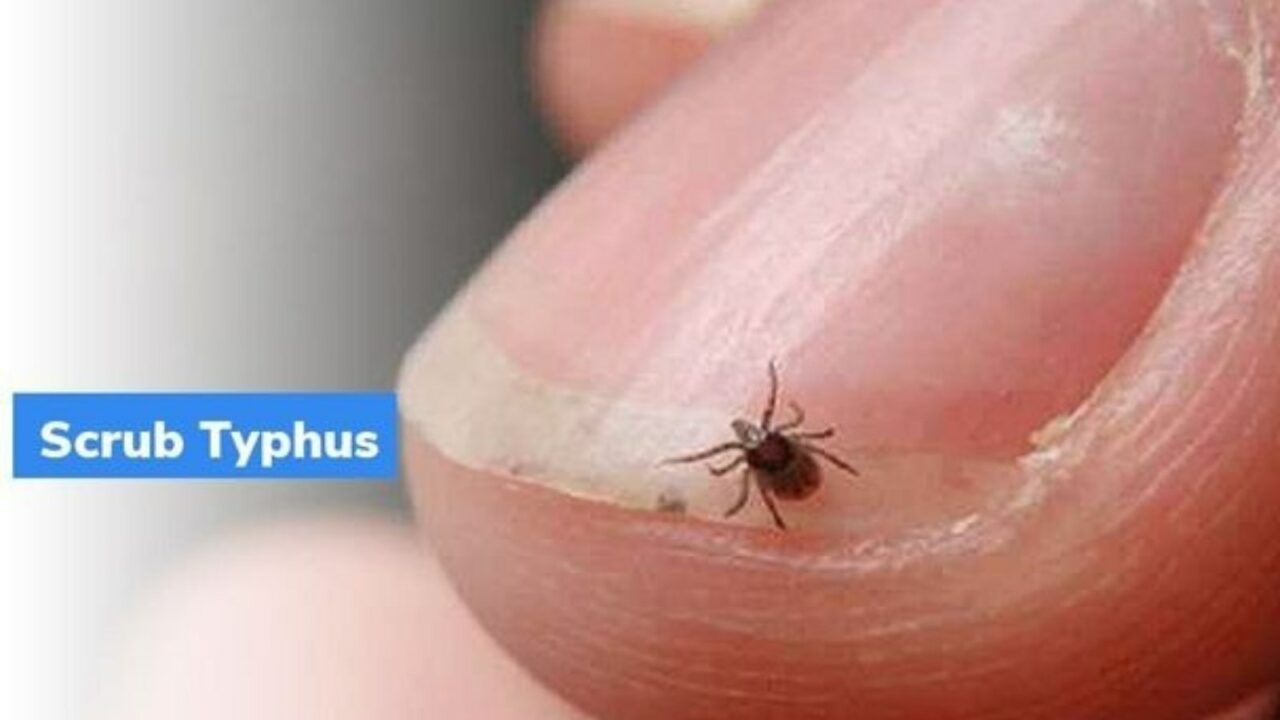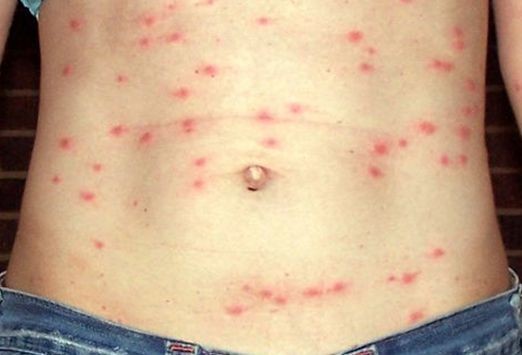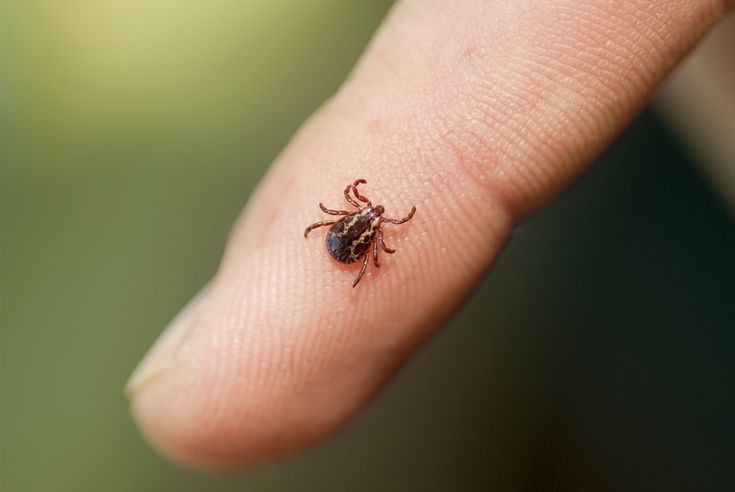What is Scrub Typhus: Scrub typhus, also known as bush typhus, is an infection caused by the Orientia tsutsugamushi bacterium. This potentially fatal disease is transmitted to humans via the bites of infected larval mites, which are predominantly found in rural and forested regions of Asia, the Pacific Islands, and parts of Australia. This article will explore the various aspects of this disease, including its symptoms, causes, and preventative measures.
Signs and symptoms:
After exposure to an infected mite, scrub typhus can manifest with a wide spectrum of symptoms, which typically appear within 6 to 12 days. The severity of the disease can differ, but the following are typical symptoms:
1) Fever: Typically, the initial symptom is a sudden elevated fever that can reach up to 104°F (40°C).
2) Migraine: Frequent severe migraines can be incapacitating.
3) Muscle and Joint Ailment: Patients frequently experience muscle and joint pain, which may be misdiagnosed as dengue or influenza.
4) Rash: Frequently, an eschar (a dark, scab-like lesion) and a rash that spreads to other parts of the body form at the site of a mite infection.
5) Enlarged Lymph Nodes: Enlarged lymph nodes are a common discovery, especially in the neck.
6) Respiratory Symptoms: In severe cases, cough, difficulty breathing, and pneumonia-like symptoms may occur.
7) Possible gastrointestinal symptoms: It include nausea, vomiting, and diarrhoea.
8) Central Nervous System Involvement: In some instances, patients may experience confusion, mental status changes, and even seizures.
It is imperative to seek medical attention if you experience these symptoms, particularly if you have been exposed to mites in endemic areas.
Simple saliva test could spot early heart disease risk: Study
Scrub Typhus Root causes
Scrub typhus is caused by the bacterium Orientia tsutsugamushi, which is transmitted to humans via the bite of Trombiculidae mite larvae infected with the bacterium. In rural and forested regions, these parasites inhabit vegetation, grass, and soil.
Mites become afflicted by feeding on rodents and other small mammals that harbour the Orientia bacterium. When infected mites bite humans, they transmit the bacteria that causes scrub typhus.
The disease is not transmitted directly from person to person, but rather through vector insects. Those who spend time in regions where these parasites are prevalent are therefore susceptible to contracting scrub typhus.
Prevention:
Preventing scrub typhus consists primarily of avoiding exposure to parasites and their habitats. Here are some preventive actions:so as to:
1. Protective Garments: Wear long-sleeved shirts, long trousers, stockings and closed shoes when entering brushy or grassy areas to reduce the risk of mite bites.
2. Insect Repellents: Apply insect repellents containing DEET to exposed skin and garments to prevent mite infestation.
3. Avoid High-Risk Areas: Whenever possible, avoid areas known to be endemic for scrub typhus, particularly during peak transmission seasons.
5. Examine and Shake Garments: Before wearing or storing clothing that may have been exposed to mite-infested environments, thoroughly inspect and agitate the garments to remove any mites.
6. Rodent Control: Reducing the number of rodents in and around dwelling areas can assist in lowering the prevalence of infected mites.
7. Early Detection and Treatment: If you exhibit symptoms or believe you may have been exposed to scrub typhus, you should seek medical attention immediately. Early diagnosis and treatment with the proper antibiotics, such as doxycycline or azithromycin, can significantly enhance patient outcomes.
Scrub typhus Treatment
Treatment for scrub typhus should involve the antibiotic doxycycline. Doxycycline can be administered to people of any age. Antibiotics are most effective when administered shortly after the onset of symptoms. People who receive doxycycline treatment early on typically recover rapidly.
Conclusion
Scrub typhus is a potentially severe bacterial infection transmitted by mites in certain regions of Asia and the Pacific, as a conclusion. Those residing in or travelling to endemic areas must be aware of the disease’s symptoms, causes, and prevention strategies. The risks associated with scrub typhus can be minimised and its impact on public health can be reduced by taking preventative measures and obtaining prompt medical attention when necessary.






















